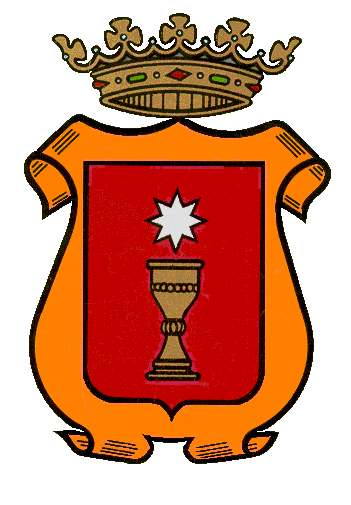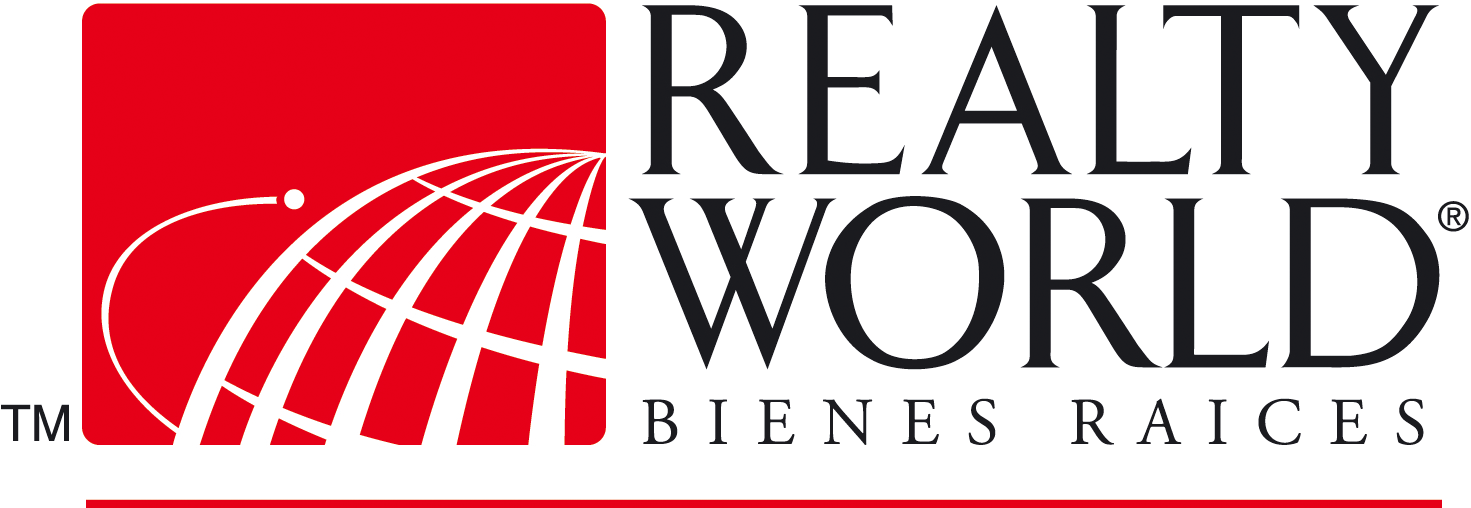3 bio/psycho/social assessment report or social history # of pages double-spaced points 2-4
3
Bio/Psycho/Social Assessment Report or Social History
# of pages
double-spaced
Points
2-4
1 point
5+
2 points
A social history report is a professional document that is frequently
prepared by social workers in a variety of direct practice settings.
This document may be identified in different ways within
organizations. The essence of the report documents the social aspect
of the past and current life experience of the client. The word social
refers to the interactions between the client system and the
significant systems in their social environment (e.g. family, school,
job, medical community, legal system, social supports, etc.).
An individual’s past behavior is often a good predictor of future
behavior. In addition, past experiences can provide a basis for
understanding the causes underlying the current behavior. This
information can assist the social work practitioner in having a better
understanding of the client’s level of functioning and the most
appropriate plan of intervention.
The organization, format, and content requirements of a social
assessment report will vary across organizations and should be
consistent with the agency and individual program objectives.
A comprehensive social history report should have the following
characteristics and components:
1.
Objectivity – Use language that is descriptive and specific rather
than judgmental and value-laden. Use open-ended questions whenever
possible.
2.
Accuracy – Pay careful attention to the accuracy of your
information. For information obtained directly from a client or
their family member, it is imperative that you report this
information as such. (i.e. “According to Ms. Smith, Jim has a long
history of substance abuse and domestic violence.”)
If you obtained documentation from a reliable professional source,
which documents a specific aspect of a client’s history, you should
cite the source of the information and use the language in the report
rather than interpret the information.
3.
Conciseness – Be as concise as possible in your narrative. Avoid
redundancy and unnecessary words.
4.
Clarity and simplicity – Use language that a wide variety of
readers will understand rather than the use of technical words or
“pseudo jargon.”
5.
Relevancy – Be careful to document only information that is
relevant to the situation. Do not include information that may be
interesting, but has no relevance to the presenting problem or
services recommended.
6.
Confidentiality – Be sensitive to the information included in the
report and be cognizant of the client’s privacy. Remember that
many professionals, including court personnel and lawyers at
times, may have eventual access to this report.
7.
Strength based – It should be evident in the report that the
writer made a concerted effort to identify client strengths and
uses these strengths in the development of interventions.
8.
Organization – The Social Assessment should be well-organized and
easy to follow. Pay special attention to chronology of events and
report on events consistent with the chronology. Be sure to have
detailed “identifying information” at the beginning of the report
which identifies all clients, significant professional
collaterals, I.D. numbers, dates of birth, address and phone
numbers. Use logical headings for each area of the report.
*
Here are examples of some of the headings commonly used in social
assessment reports: (Note: For the purpose of this assignment
please change the names, DOB’s, addresses, phone numbers, places
of employment, name of agency and any other information that may
link this report to the client. You can use the “find and replace”
feature of Word to make these changes easily.
*
Identifying information
*
Presenting problem/reason for referral or social work involvement
*
Client’s perception of the problem
*
Dates of contact, opening and closing dates
*
Client’s background or family of origin (outline the client’s
family of origin experience from birth to current)
*
Educational background
*
Employment history
*
Physical and health history
*
Mental health and psychological history and functioning
*
Substance use history
*
Legal and criminal background
*
Social support system including religious and spiritual beliefs
*
Housing status
*
Economic status
*
Assessment and recommendations
*
Intervention/Treatment Plan
***Since agencies vary widely in the expectations and requirements for
social assessment/social history reports, students should review
previously prepared reports within their individual programs to become
familiar with the organization, style and content of these documents
prior to the completion of this assignment.
 REGIONAL LOS LARGOS CAMINOS DE LA SELVA A PESAR
REGIONAL LOS LARGOS CAMINOS DE LA SELVA A PESAR T RIBUNAL DE SELECCIÓN PARA BOLSA DE TRABAJO DE
T RIBUNAL DE SELECCIÓN PARA BOLSA DE TRABAJO DE 2ND INTERNATIONAL SYMPOSIUM RECENT ADVANCES IN QUANTITATIVE REMOTE SENSING
2ND INTERNATIONAL SYMPOSIUM RECENT ADVANCES IN QUANTITATIVE REMOTE SENSING SECCIÓN TERCERA ASUNTO MUÑOZ DÍAZ C ESPAÑA (DEMANDA NÚM
SECCIÓN TERCERA ASUNTO MUÑOZ DÍAZ C ESPAÑA (DEMANDA NÚM ID CARTA CONVENIO PARA VENTA DE PROPIEDAD NO
ID CARTA CONVENIO PARA VENTA DE PROPIEDAD NO BIOLOGY4KIDS CELLS 1THAT DIVIDE ALL ORGANISMS? 2THERE ARE SMALLER
BIOLOGY4KIDS CELLS 1THAT DIVIDE ALL ORGANISMS? 2THERE ARE SMALLER G MINA SZYDŁOWO TEL (067) 211 55 11 (067)
G MINA SZYDŁOWO TEL (067) 211 55 11 (067) ÖSTERGÖTLANDS ISHOCKEYFÖRBUND ANSÖKAN OM TRÄNINGSMATCHER VÅREN 2021 KATEGORI SÖKANDE
ÖSTERGÖTLANDS ISHOCKEYFÖRBUND ANSÖKAN OM TRÄNINGSMATCHER VÅREN 2021 KATEGORI SÖKANDE